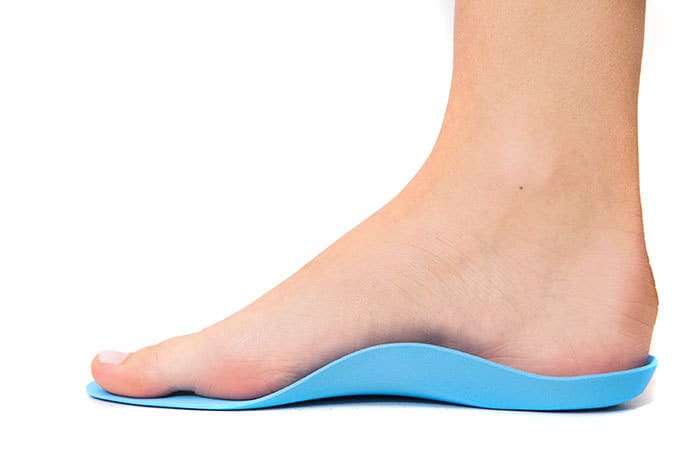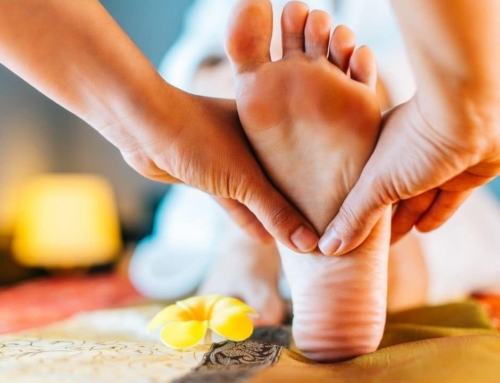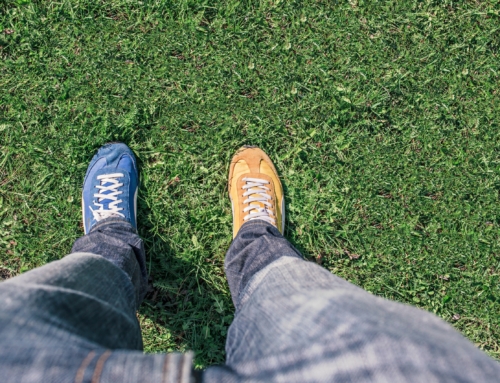The evolution of orthotics continues to offer patients the best results and overall comfort. Such changes are the result of research, development, and technology. Improving on what is out there is a response to taking care of an unmet need. Discovering what is working and what is lacking helps generate new concepts and ideas to build from the older methods.
More than 2,000 years ago, the first attempts at foot corrections were in place. They we primitive compared to what we have available today. The goal of early devices was to offer pain relief and support to the wearer. This was often accomplished by adding layers of material inside of shoes. Wool was a common material for this process because it worked well and it was inexpensive. Splits and braces were the early onset of orthotics.
In 1865, arch support was introduced by Everett H. Dunbar. He was tired of the pain from his feet day after day. He inserted pieces of leather between the insoles in his boots and it provided relief. This arch support was the boost he needed to change the way his feet fit in his shoes.
Many of the types of orthotics we know about today were developed for soldiers. They needed a variety of devices to assist them with movement during battle. Others required help after the war when they returned home. They had injuries that required devices to help them relief pain and walk properly. It was during this time wooden prosthetics were introduced because of the number of amputees during the war.
In 1905, a device was introduced by Whitman Brace. It was a remarkable upgrade and offered both arch support and reduced pain. The problem with it though is it was made out of metal. It was very heavy and uncomfortable to wear for long periods of time. In 1906, Dr. William Scholl’s introduced a product that was better. The Foot-easier was made from flexible metal and it was more comfortable and worked better.
During the 1920s and 1930s, significant advancements were introduced for orthotics. This was fueled by the war and the ongoing need to help the soldiers. They were further advanced due to the polio epidemic that was widespread in the 1940s and 1950s. Both of these events resulted in many people of all ages in need of different devices to help them with mobility and to reduce foot pain.
Research and development for better orthotic devices was funded by the United States government at the end of World War II. These research endeavours took place between 1945 and 1976. They involved military entities, private businesses, and universities. The demand was very high for orthotic products then, with more than 200 products on the market consumers could choose from.
The biggest problem was the advertisements for such products were claiming beyond what they could deliver. Consumers were frustrated after trying multiple products and not finding the solution for their specific need. By latter part of the 1970s, the shift was on offering support in athletic shoes to reduce the risk of injuries for athletes, jogging, and exercise.
This created the shift of orthotics toward sports medicine in the 1980s and 1990s. The products on the market included cushions for under the feet, arch support products, and contoured inserts. Computer technology and rehabilitation medicine were influencing the design of these products. Training professionals to specialise in orthotics and offer customised assistance for patients became the focal point.
While consumers could still buy over the counter orthotic products, they were being educated about the value of a professional evaluation. With products matched to the specific need of a patient, the outcome is remarkable. They experience less pain, increased mobility, and the products tend to be comfortable to wear.
Many consumers find it worth the investment to have orthotic devices for their specific need put into all their shoes. They believe it helps them have the best quality of life they can. Many of these items last six months or more before they have to be replaced. In many instances, the frequency the shoes are worn also influences how long the products last.
The field of orthotics continues to evolve. It is a combination of creative elements and scientific discovery. With so many products out there, consumers have the choice of which will help them gain the value they seek.






